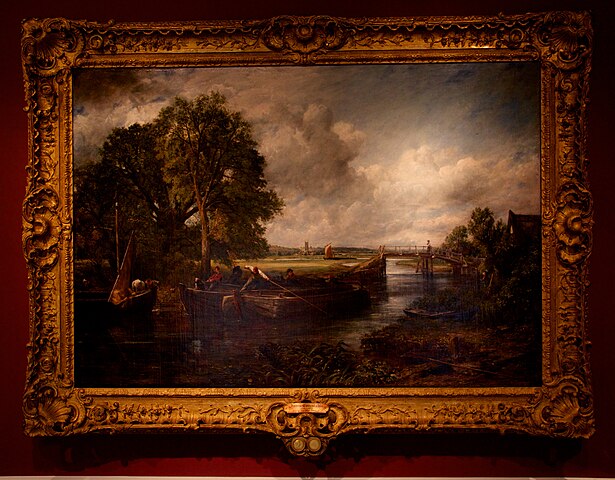
Science v Art: Climate Change
When it comes to climate change, fine art and literature aren’t the first topics that spring to mind. In fact, STEM topics and the Humanities are often pitted against one another, or viewed as fundamentally conflicting. However, on the topic of climate change, we can learn a great deal from taking a more non-binary approach. The planet’s changing temperature has been empirically documented for centuries, and there’s no denying the importance of its accuracy and necessity, but recently, it has been noted that changes to the climate and increasingly polluted air were also long observed in the art of the past.
Pollution In Paintings
At the Huntington Library, Art Museum and Botanical Gardens, a new exhibition investigates how environmental and climate damage was perceived and represented by Western intellectuals in the years 1780 – 1930. It shows how the human impact on the environment was recognised much earlier than the past few decades, as we tend to understand it today. As well as John Constable’s View on the Stour Near Dedham (1822), and John Ruskin’s lecture in 1844 describing ‘the storm cloud, or more accurately, plague cloud’, the exhibition includes visual and literary artworks by the Romantics and Pre-Raphaelites, recognising how pollution was caused by the rapid industrialisation of the 19th century.
Blurring Boundaries
Demonstrating a historic view of the development of geology, glaciology, meteorology and ecology that emerged in this period, the exhibition highlights how women and art have contributed to science, which have been overlooked in past representations. With a blend of iconic art, literary and scientific works, the museum displays evidence of art’s integral role in science, and how art and science have, in fact, been intertwined throughout history.
Evidence Of Climate Change Origins In Artwork
Extraordinarily, we can see how works of art complement scientific findings which confirm the tragic impact of burning fossil fuels. The picturesque landscapes previously depicted by 18th century artists were challenged by the likes of Constable, who grappled with the effects of pollution in his artwork, by including hints of industrialisation in his scenic portrayals. Through artistic representations, it’s evident how the instigation of the climate crisis was perceived and reflected by key thinkers of the time, and we can even get a sensory glimpse of the newly polluted world.
What Can We Learn?
By reflecting on how these figures illuminated the climate crisis from its origin, and taking stock of what artistic and scientific evidence suggests, we can look to both vocations to embody findings about the environment today, and understand the human role in protecting and preserving the planet for years to come.
References
The Huntington, Storm Cloud: Picturing the Origins of Our Climate Crisis
Wallentine, A. (2024). How Artists, Writers and Scientists of the Past Documented Climate Change. (smithsonianmag.com)
If you are interested in studying Science or History, Oxford Open Learning offer the chance to do so at several levels, listed below. You can also Contact Us.